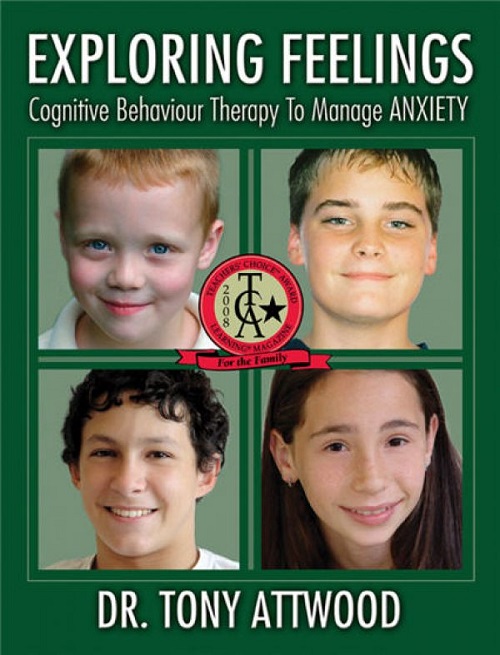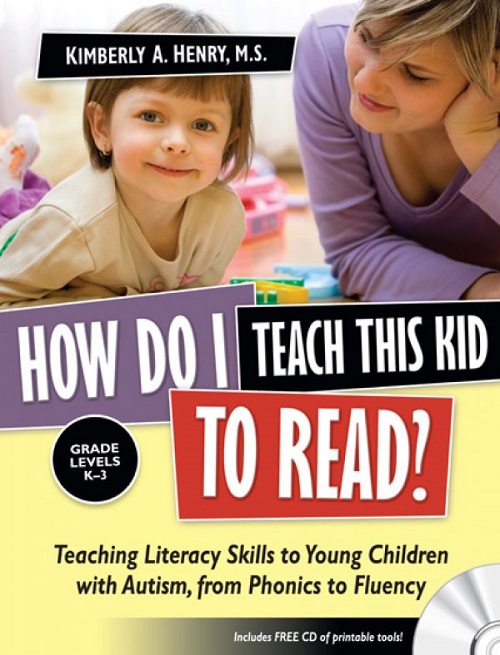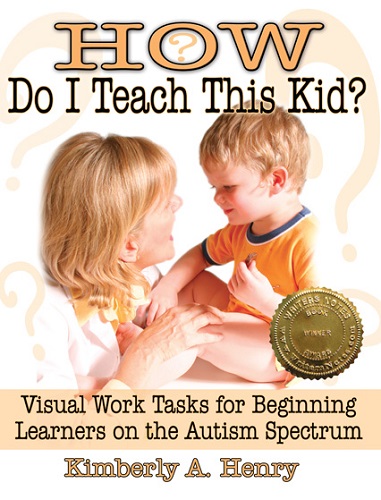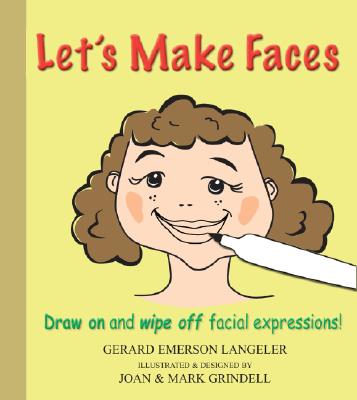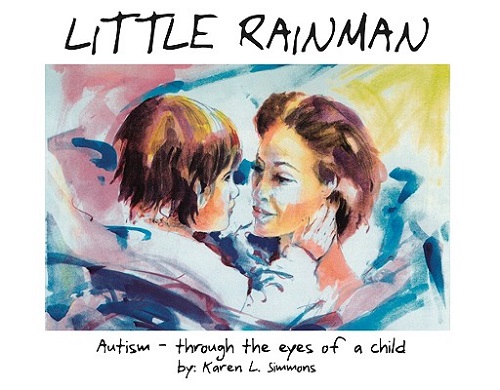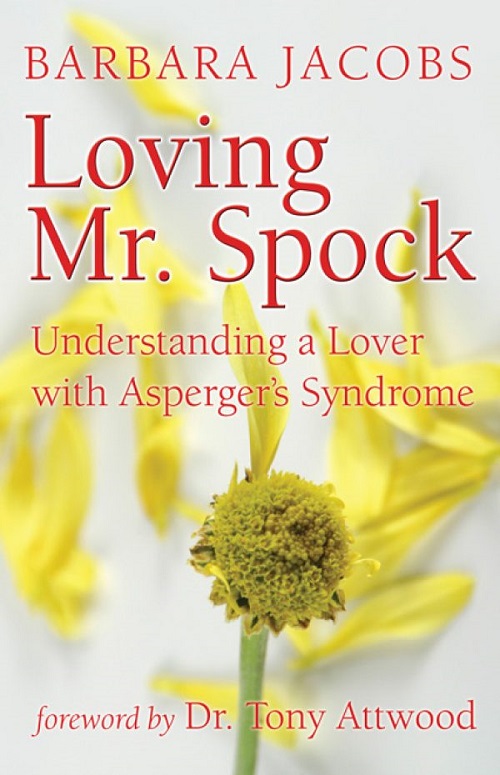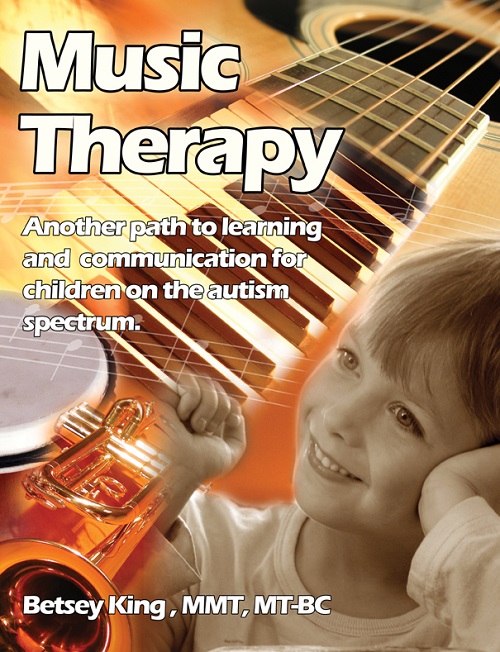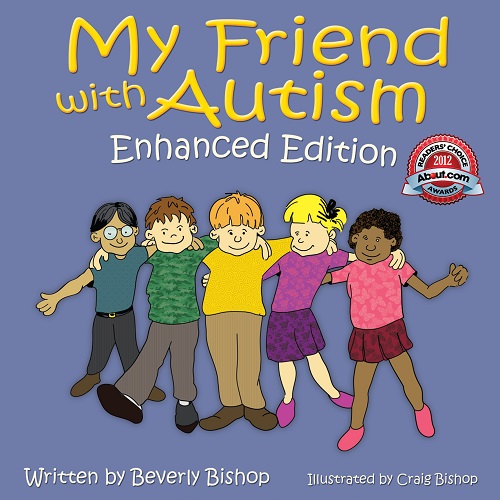-
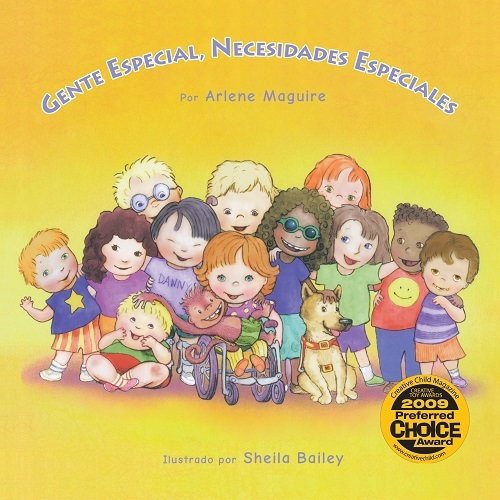 La encantadora rima de Arlene Maguire se combina con las vivas ilustraciones en acuarela de Sheila Bailey para llevar al lector en un viaje al descubrimiento. Más allá de nuestras limitaciones físicas existe un mundo de dones únicos para que cada uno de nosotros compartamos. Aunque nos veamos diferentes, somos iguales por dentro.
La encantadora rima de Arlene Maguire se combina con las vivas ilustraciones en acuarela de Sheila Bailey para llevar al lector en un viaje al descubrimiento. Más allá de nuestras limitaciones físicas existe un mundo de dones únicos para que cada uno de nosotros compartamos. Aunque nos veamos diferentes, somos iguales por dentro. -
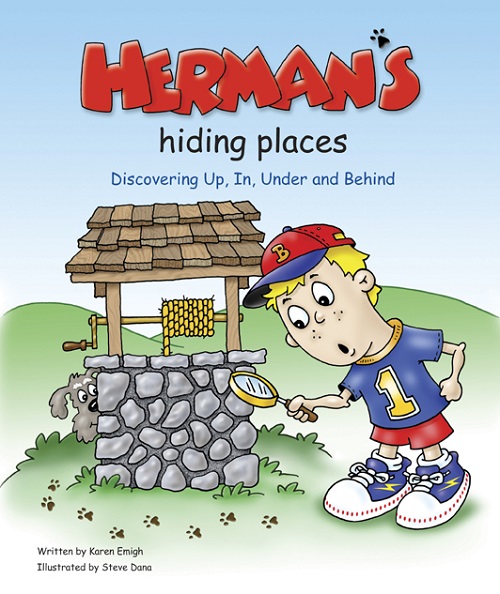 Karen Emigh’s son Brett—the “star” of all three of her books—was diagnosed with autism when he was six. Each book teaches a part of language that children on the autism spectrum often struggle with. In Herman’s Hiding Places, she teaches the concepts behind prepositions. Brett and his dog Herman play hide-and-seek, and Herman is “it.”
Karen Emigh’s son Brett—the “star” of all three of her books—was diagnosed with autism when he was six. Each book teaches a part of language that children on the autism spectrum often struggle with. In Herman’s Hiding Places, she teaches the concepts behind prepositions. Brett and his dog Herman play hide-and-seek, and Herman is “it.” -
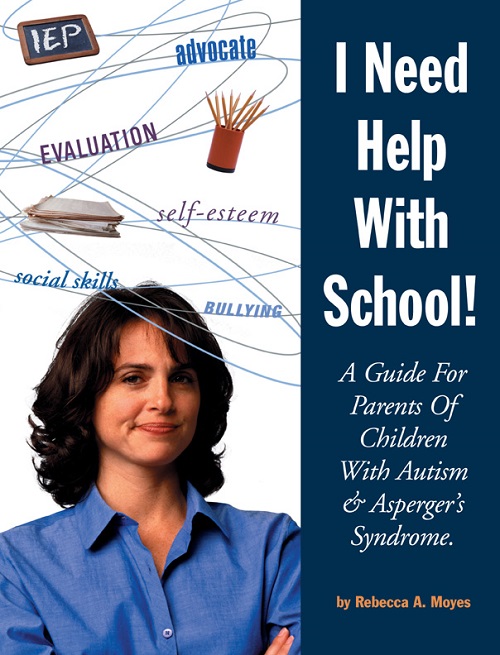 Specifically written for parents of children with autism or Asperger’s Syndrome, this guide demystifies special education laws to help them understand their legal rights and the rights of their child. Moyes also addresses such issues as developing a child’s social skills, encouraging self-esteem, and dealing with teasing and bullying.
Specifically written for parents of children with autism or Asperger’s Syndrome, this guide demystifies special education laws to help them understand their legal rights and the rights of their child. Moyes also addresses such issues as developing a child’s social skills, encouraging self-esteem, and dealing with teasing and bullying. -
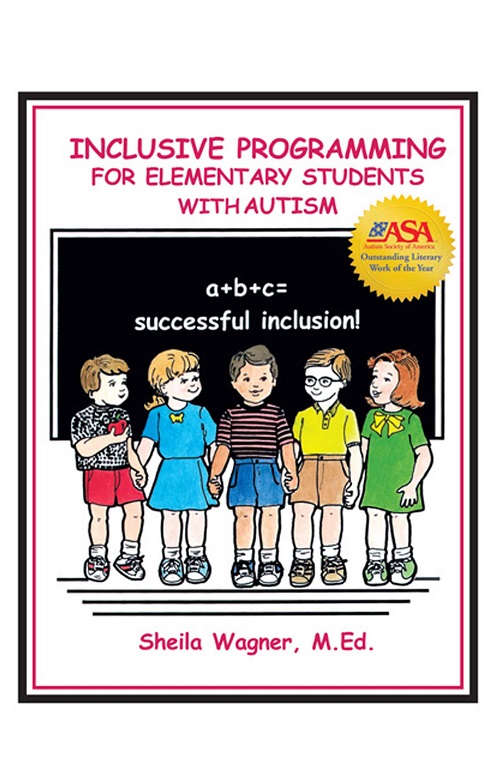 Winner of the Autism Society of America’s Literary Work of the Year Award, this first book in Sheila Wagner’s Inclusive Programming series provides an inclusion program for students with autism spectrum disorders. Teachers, parents, and students alike will benefit from Sheila’s insight and presentation as she outlines both theories and applications of inclusive programming for elementary school students.
Winner of the Autism Society of America’s Literary Work of the Year Award, this first book in Sheila Wagner’s Inclusive Programming series provides an inclusion program for students with autism spectrum disorders. Teachers, parents, and students alike will benefit from Sheila’s insight and presentation as she outlines both theories and applications of inclusive programming for elementary school students. -
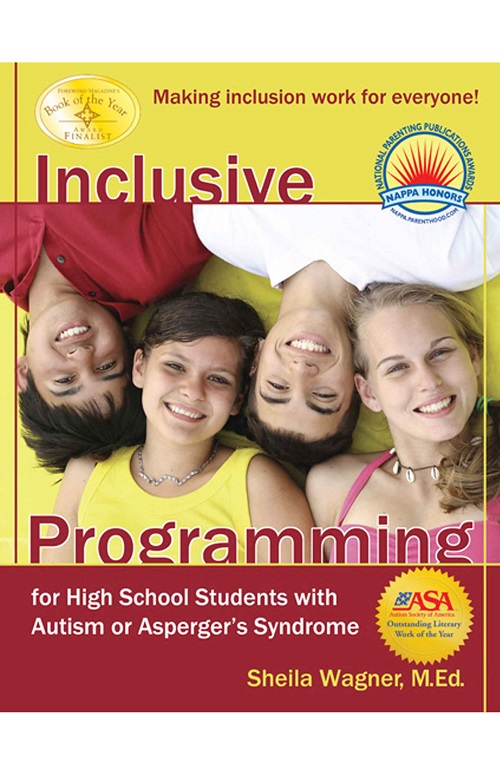 Even though inclusive education is now the standard for educating students with special needs, inclusion is a still a very new process. Successful inclusion relies on flexibility of parents and educators, and their ability to work together for the sake of the student. Training, collaboration, specialized teaching, long-term planning, and a clear idea of the desired outcome for the student—these are just as important at the high school level as they were in elementary and middle school.
Even though inclusive education is now the standard for educating students with special needs, inclusion is a still a very new process. Successful inclusion relies on flexibility of parents and educators, and their ability to work together for the sake of the student. Training, collaboration, specialized teaching, long-term planning, and a clear idea of the desired outcome for the student—these are just as important at the high school level as they were in elementary and middle school. -
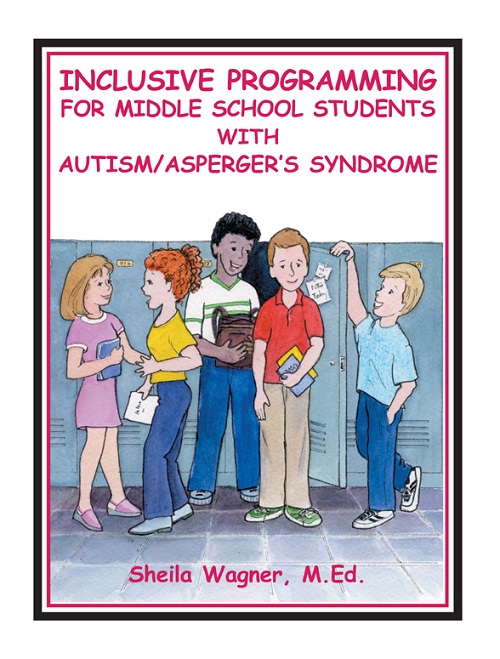 Middle school presents unique challenges to those with autism / Asperger’s, but it can also be exciting and rewarding. Inclusive Programming addresses transitioning to and from middle school, and everything in between: hormones, cliques, bullying, aggression, and “fitting in.” The ingredients for success are pre-planning, frequent monitoring of progress, teacher training, and regular communication between all concerned.
Middle school presents unique challenges to those with autism / Asperger’s, but it can also be exciting and rewarding. Inclusive Programming addresses transitioning to and from middle school, and everything in between: hormones, cliques, bullying, aggression, and “fitting in.” The ingredients for success are pre-planning, frequent monitoring of progress, teacher training, and regular communication between all concerned. -
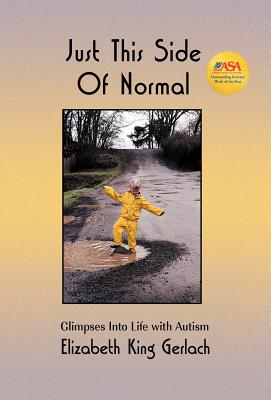 Winner of the ASA Outstanding Literary Work of the Year Award, Just This Side of Normal is a powerful story of a parent’s search for understanding in a world that sometimes makes no sense. This book was one of the first autobiographies written by a parent of a child with autism and it continues to inspire both parents and professionals in the autism community.
Winner of the ASA Outstanding Literary Work of the Year Award, Just This Side of Normal is a powerful story of a parent’s search for understanding in a world that sometimes makes no sense. This book was one of the first autobiographies written by a parent of a child with autism and it continues to inspire both parents and professionals in the autism community. -
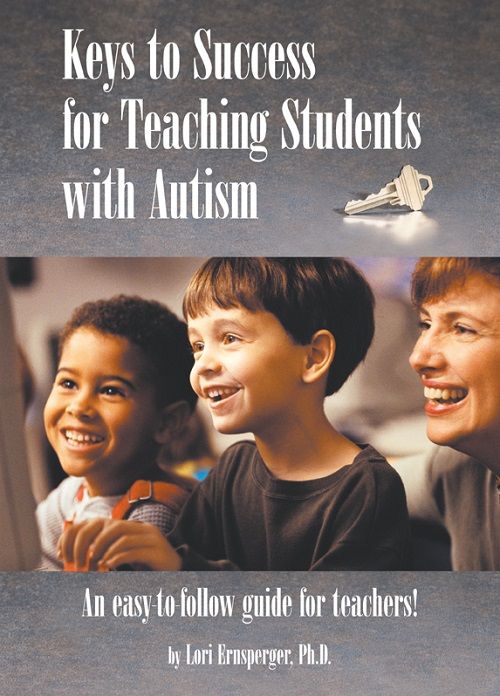 After more than 17 years of experience working with teachers struggling to implement an effective learning program for special needs kids, Dr. Lori Ernsperger decided it was about time someone created a comprehensive resource for practical use in the classroom. She wrote this book as a practical, step-by-step guide to educating students with autism.
After more than 17 years of experience working with teachers struggling to implement an effective learning program for special needs kids, Dr. Lori Ernsperger decided it was about time someone created a comprehensive resource for practical use in the classroom. She wrote this book as a practical, step-by-step guide to educating students with autism. -
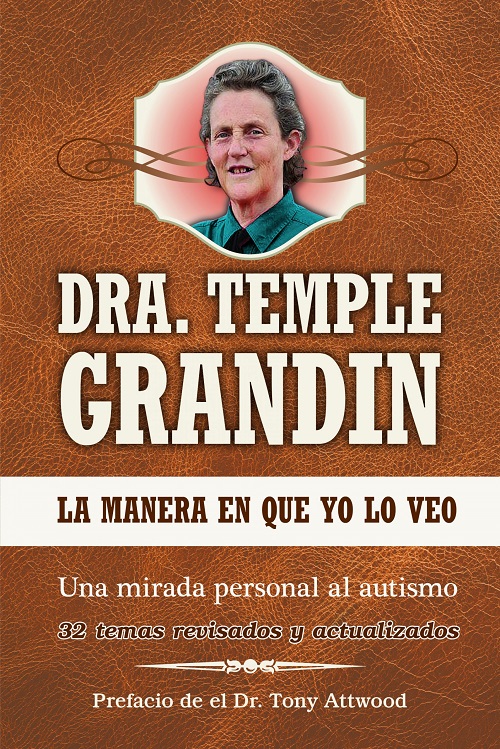 En el querido libro clásico The Way I See It (ahora en español!), la Dra. Temple Grandin aborda los problemas REALES del autismo, los que enfrentan los padres, maestros e individuos en el espectro todos los días. En esta quinta edición actualizada, Temple ofrece consejos útiles sobre qué hacer y qué no hacer, estrategias prácticas y consejos para probarlo, todo basado en su perspectiva interna y una gran cantidad de investigación.
En el querido libro clásico The Way I See It (ahora en español!), la Dra. Temple Grandin aborda los problemas REALES del autismo, los que enfrentan los padres, maestros e individuos en el espectro todos los días. En esta quinta edición actualizada, Temple ofrece consejos útiles sobre qué hacer y qué no hacer, estrategias prácticas y consejos para probarlo, todo basado en su perspectiva interna y una gran cantidad de investigación. -
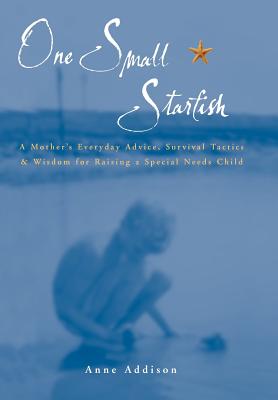 Anne Addison was overwhelmed when she brought Jack home from the hospital. In those first few days, Anne had a vague intuition that something was not right. Two years later, Jack was diagnosed with Attention Deficit Hyperactivity Disorder, speech and language delays, sensory integration problems, and subsequently, was found to have Asperger’s Syndrome.
Anne Addison was overwhelmed when she brought Jack home from the hospital. In those first few days, Anne had a vague intuition that something was not right. Two years later, Jack was diagnosed with Attention Deficit Hyperactivity Disorder, speech and language delays, sensory integration problems, and subsequently, was found to have Asperger’s Syndrome. -
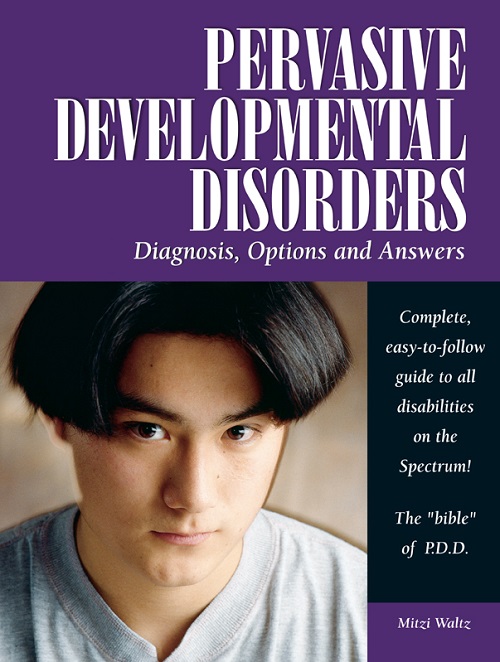 If you or someone you know has been diagnosed with a pervasive developmental disorder (autism, Asperger’s Syndrome, Rett Syndrome, Childhood Disintegrative Disorder, or PDD-NOS), this book is for you. In an informative style, weaved with personal stories from parents, author Mitzi Waltz covers various topics.
If you or someone you know has been diagnosed with a pervasive developmental disorder (autism, Asperger’s Syndrome, Rett Syndrome, Childhood Disintegrative Disorder, or PDD-NOS), this book is for you. In an informative style, weaved with personal stories from parents, author Mitzi Waltz covers various topics. -
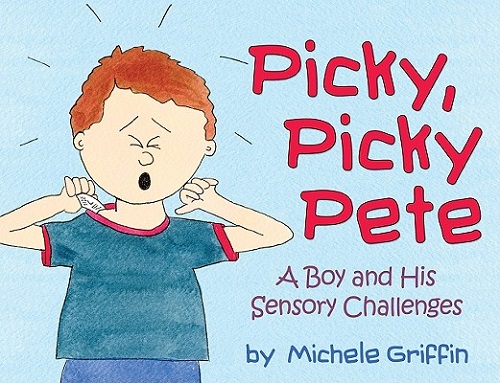 Written by Michele Griffin, an occupational therapist, this picture book is a must for any child with sensory processing disorder. Pete finds his clothes uncomfortable and can’t stand “paint, soap, and things with lumps.” He explains this to his mother and the reader in this fun children’s book, as he and his mother navigate a difficult morning in the life of a young boy with sensory issues.
Written by Michele Griffin, an occupational therapist, this picture book is a must for any child with sensory processing disorder. Pete finds his clothes uncomfortable and can’t stand “paint, soap, and things with lumps.” He explains this to his mother and the reader in this fun children’s book, as he and his mother navigate a difficult morning in the life of a young boy with sensory issues. -
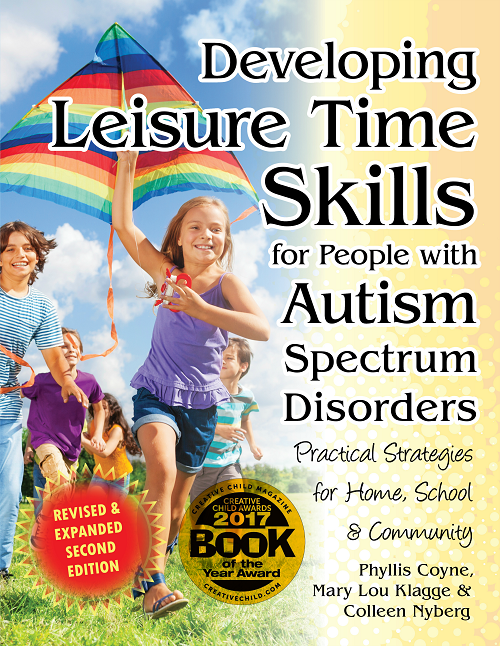 Make leisure time fun for all children and adults with autism spectrum disorders! Leisure time should be a part of the day that all look forward to enjoying, but for many it can cause anxiety and fear. This book provides comprehensive, structured strategies to introducing meaningful leisure time to ASD children and adults, which they can practice at home, school, and in the community.
Make leisure time fun for all children and adults with autism spectrum disorders! Leisure time should be a part of the day that all look forward to enjoying, but for many it can cause anxiety and fear. This book provides comprehensive, structured strategies to introducing meaningful leisure time to ASD children and adults, which they can practice at home, school, and in the community. -
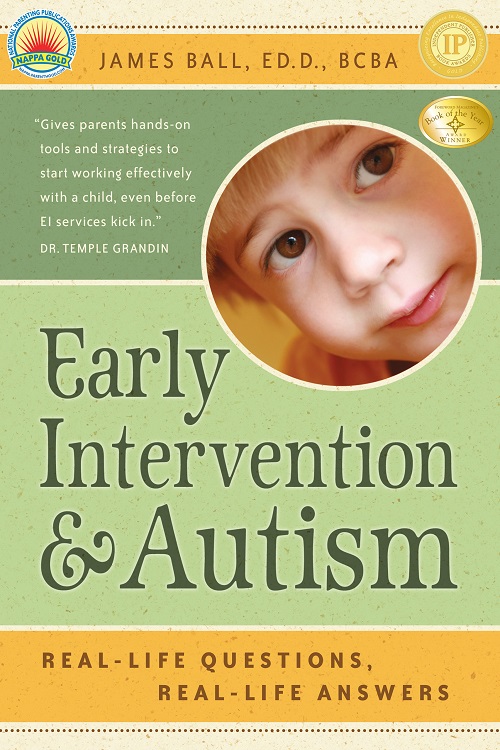 Leave behind confusing textbooks and unreliable websites. This book will guide you through your child’s early years by providing sound advice based on over twenty years of experience. In an easy-to-read, question-answer format, Dr. Jim Ball explains what makes your child tick, how to get the most out of early intervention services, and how to choose the most effective treatment options.
Leave behind confusing textbooks and unreliable websites. This book will guide you through your child’s early years by providing sound advice based on over twenty years of experience. In an easy-to-read, question-answer format, Dr. Jim Ball explains what makes your child tick, how to get the most out of early intervention services, and how to choose the most effective treatment options. -
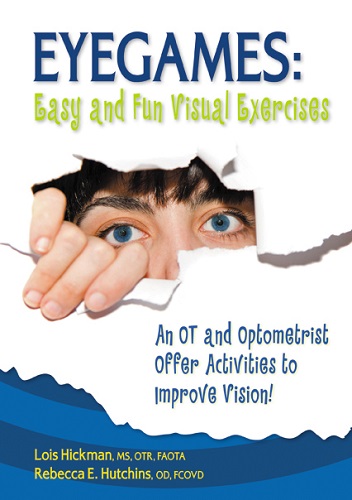 Developing healthy visual-motor abilities is more difficult in the complex stimulus of today’s world than ever before, especially for those with Autism Spectrum Disorder. Our visual experiences can be overwhelmed by the vast complexity of artificial colors and sounds which did not exist in our ancestors’ lives. Much more time is spent indoors, exposed to a myriad of unnatural colors, movement, and imagery.
Developing healthy visual-motor abilities is more difficult in the complex stimulus of today’s world than ever before, especially for those with Autism Spectrum Disorder. Our visual experiences can be overwhelmed by the vast complexity of artificial colors and sounds which did not exist in our ancestors’ lives. Much more time is spent indoors, exposed to a myriad of unnatural colors, movement, and imagery.

